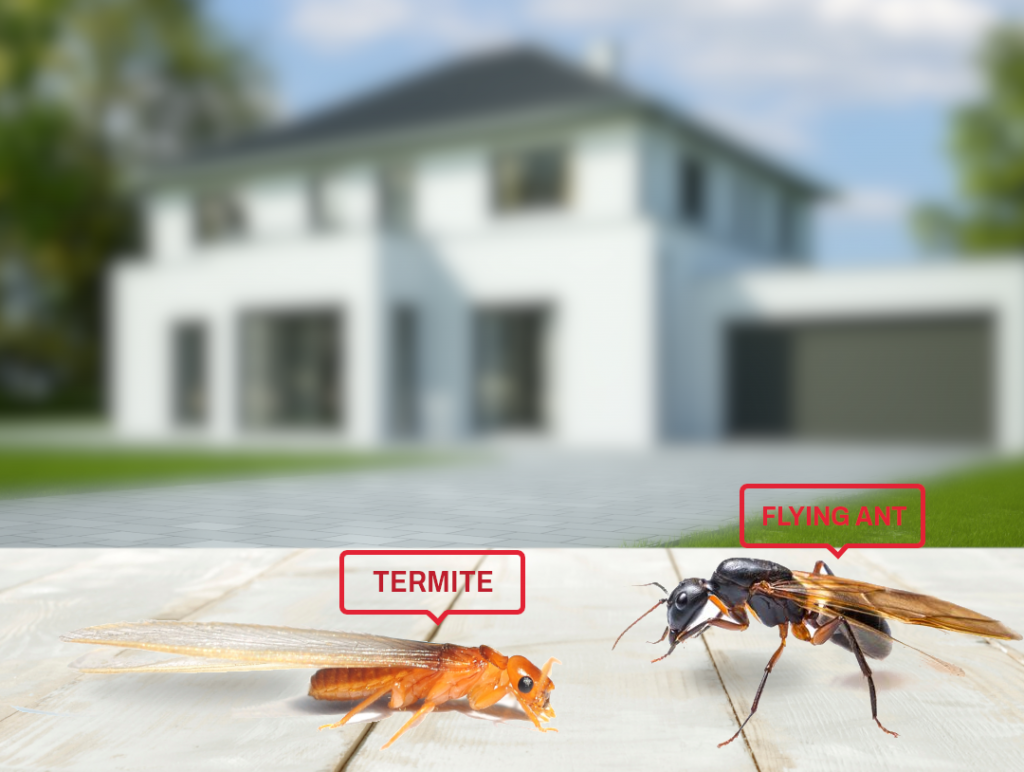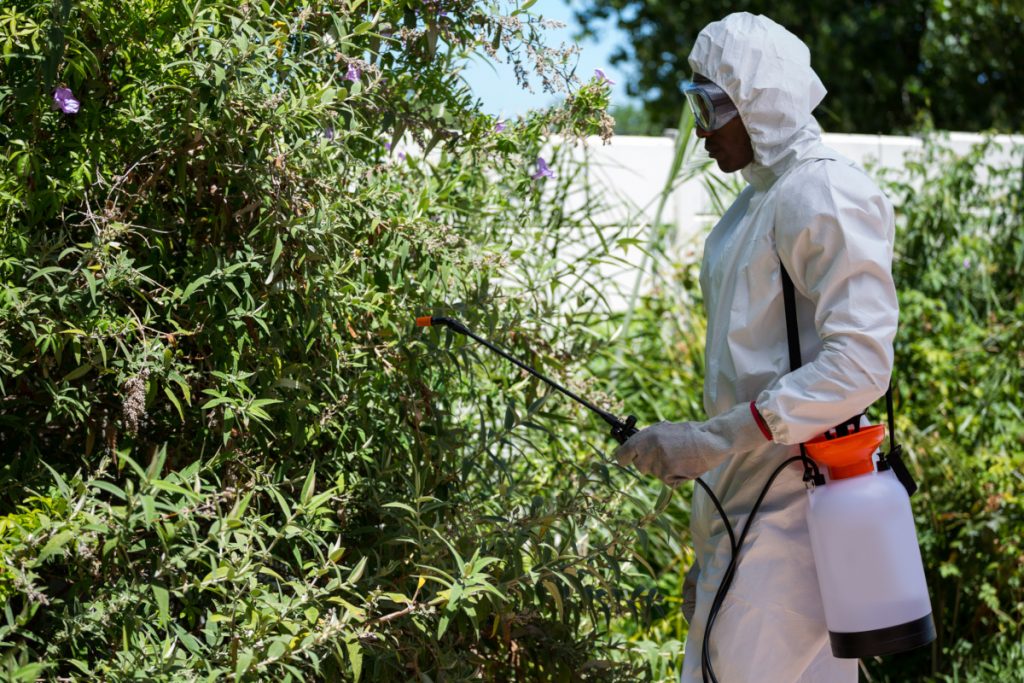Termites 101: What Every Homeowner Should Know about Termites

By WEST INDIES HOME CONTRACTORS
When we think of common pests in Jamaica we often consider roaches, ants and rats. However, termites are and have always been a considerable force of nature in our lush, sometimes wet, tropical locale. These swarming nuisances appear in the most inconvenient of areas within our homes and other buildings of value. Subsequently, it is exceedingly important that every Jamaican homeowner makes it their number one priority to understand more about these insidious creatures, recognise the signs of an infestation and take steps to maintain their property against damage that could spell disaster in the long run.
5 Key Facts About Termites & Infestations In Jamaica
1. Termites are one of the most common household pests
Termites are said to be one of the most common household pests affecting multiple Jamaican households and communities. This means that ALL HOMES should have a pest control plan that addresses termites and helps to eliminate the spread of these colonies.
2. A home that is pretreated for termites can be infested as early as 2 years after treatment
While pretreatments for termites will protect your home, the length of time that they remain effective may vary. The termiticide that is used will degrade over time, and barriers created to thwart the spread of termites can be rendered ineffective because of physical changes that may occur gradually. On average pretreatments may last between 2 – 5 years. Other factors may impact the longevity of any termite pretreatment including, but not limited to, the type of treatment used and the moisture levels of the surrounding area.
3. Many Jamaican homeowners neglect continued termite treatments
Despite the abundance of termites in Jamaica, pest control companies have observed that many homeowners do not schedule termite treatments at the recommended intervals.
4. Your favourite fruit tree could be a breeding ground for termites
Trees and shrubs can be a breeding ground for termites. Although most termites typically prefer dead wood, there are some termites that will colonize live plants. Termites tend to gravitate towards some trees more than others including palm trees, fruit trees like mango trees, coniferous trees and dead or rotting trees.
5. Termites and flying ants are often confused with each other
Termites may be confused with flying ants, however there are a few distinctions. Ants have longer front wings than back wings with antennae that are bent at a ninety degree angle. Termites have wings that are about the same size in length and their antennae are typically straight though they may droop slightly.

What are the Signs of a Termite Infestation?
Swarming insects that fly around or within the interior of your home especially after periods of heavy rain
Insect wings lying on surfaces especially near windows
Visible mud tubes around the foundation of your home, on cupboards, doors and other wooden structures
Wooden structures that sound hollow when knocked
Noise within areas affected by termites
Piles of a saw dust like substance inside, around the home and on other surfaces
Pinholes in furniture and cabinetry
How often should you treat your home for termites?
To avoid infestations, homeowners should have their homes inspected annually for termites. Termite treatments last anywhere from 2 to 13 years depending on the type of treatment used and general condition of the interior and exterior of your home.

Steps you can take to avoid the risk of an infestation
Ensure that your home’s drainage system is working effectively and that gutters and downspouts are cleaned with regularity.
Always fix leaks that occur anywhere in the home. Termite’s love moisture.
Ensure that your home does not have cracks in the foundation and structure. Fix any areas that have deteriorated with grout, calk, cement or other applicable compound.
Ensure that any nearby trees and shrubs are free of termites
Your home is your investment and quite often damage that may be sustained by termites is not covered by insurance. While the possibility of an infestation can never be eradicated permanently, with vigilance and a dedicated termite control plan in place your home can be protected against this ubiquitous pest. When you purchase a home, always find out when the home was last treated for termites, and if it hasn’t been, initiate your treatment plan immediately!
Resources
Layton. B. (n.d.). Signs of Termite Infestation. Retrieved from http://extension.msstate.edu/content/signs-termite-infestation
Robinson, C. (2019). Jamaica is Termite Country. Jamaica Gleaner. Retrieved from https://jamaica-gleaner.com/article/news/20190224/jamaica-termite-country
Safe Pest Control. (n.d.) Environmental Protection Agency. Retrieved from https://www.epa.gov/safepestcontrol/termites-how-identify-and-control-them

